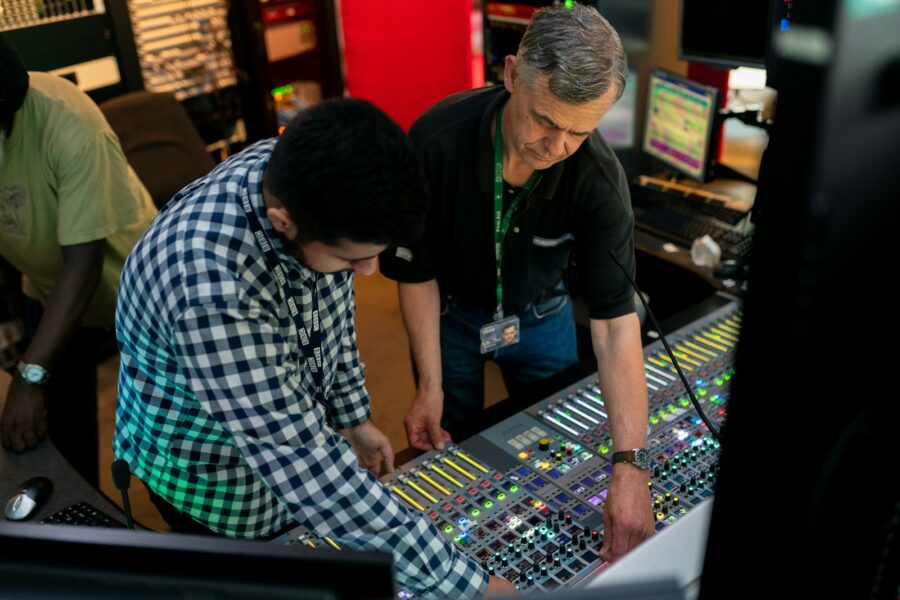 Deciding what you want to be when you’re older is by no means feat, with a large majority of young people still unsure on how they wish to spend their working hours even after completing three or more years at university.
Deciding what you want to be when you’re older is by no means feat, with a large majority of young people still unsure on how they wish to spend their working hours even after completing three or more years at university.
However, many can relate to the job aspirations of young people, with careers such as Doctor, Nurse, Teacher, Sportsmen or Emergency services among the most commonly cited. A recent report supported by University College London (UCL) found that 36 per cent of children aged seven plus base their career aspirations on people they know, and the 45 per cent of those that didn’t, stated film and TV was the biggest influence on their future job choice.
However, according to a new study conducted by YouGov.co.uk for the Confederation of British Industry (CBI), 49 per cent of young people do not feel prepared for the world of work. With 21 per cent stating they feel there is a lack of opportunities in the sector they wish to work in.
TheKnowledgeAcademy sought to uncover the realities of young people in the UK job market, though an analysis of research conducted by The Office for National Statistics. It was discovered that whilst the variety of jobs available has changed, job aspirations seemingly have not. In 2015-16 the top five jobs 16-21-year olds wanted to do when they were older was unchanged from the same age group back in 2010-11. It was discovered that the proportion of people that ended up landing their dream job is few and far between. Eleven per cent stated they aspired to work in the Artistic, Literary and Media sector. However, the stark reality is that only just over one per cent were recorded to be working within this field in 2017.
In fact, the top five jobs most aspired by those aged 16-21 showed a decline when compared to the actual proportion of those aged 22-29 working in the sector: Teaching and Education (nine per cent vs. five per cent), Health Professionals (eight per cent vs. two per cent), Protective services (four per cent vs. one per cent) and finally Nursing and Midwifery with four per cent vs. the two per cent who actually work within this field. The report also revealed the striking differences between the expected earnings of 16-21-year olds by the age of 30 compared to the real-life earnings of a 30-year-old in 2017.






